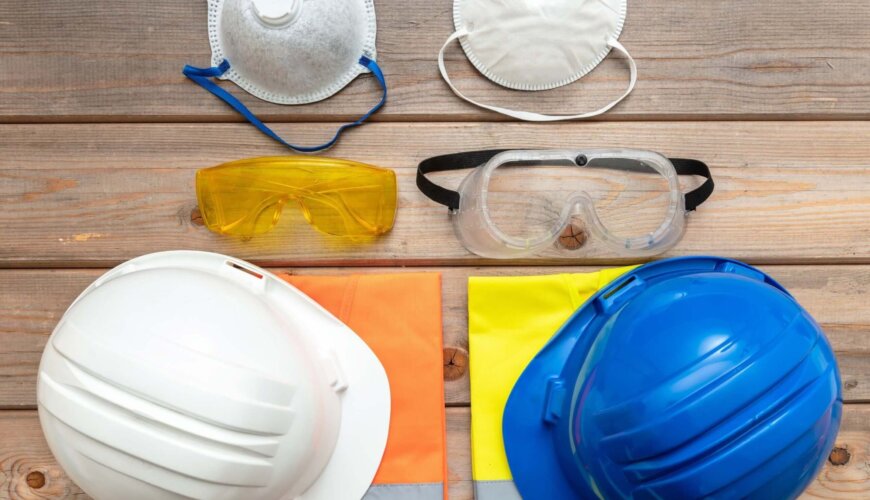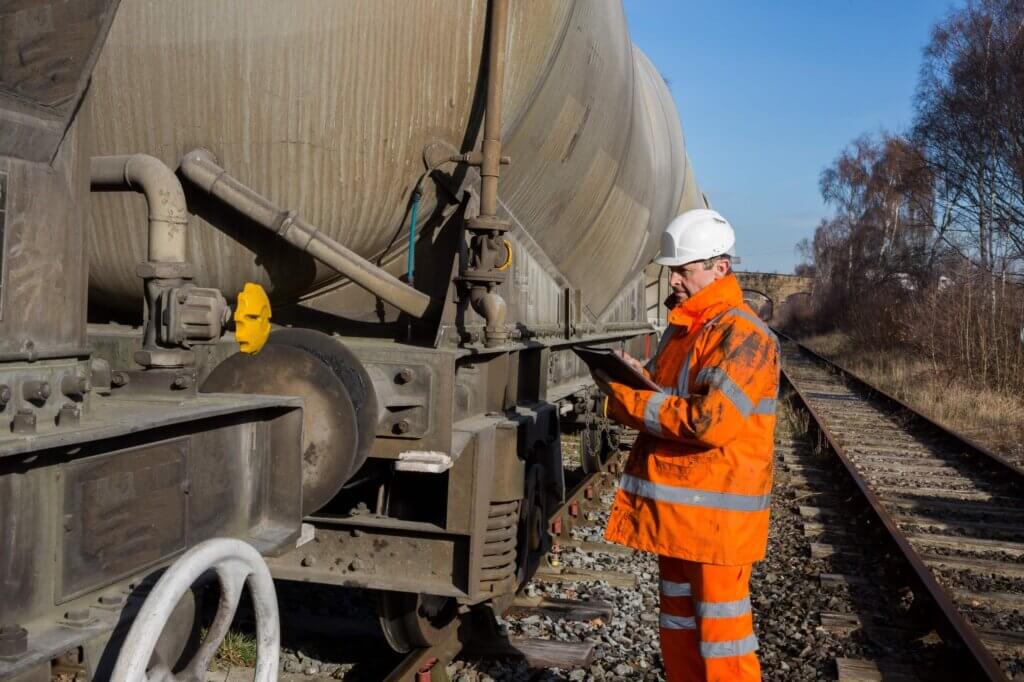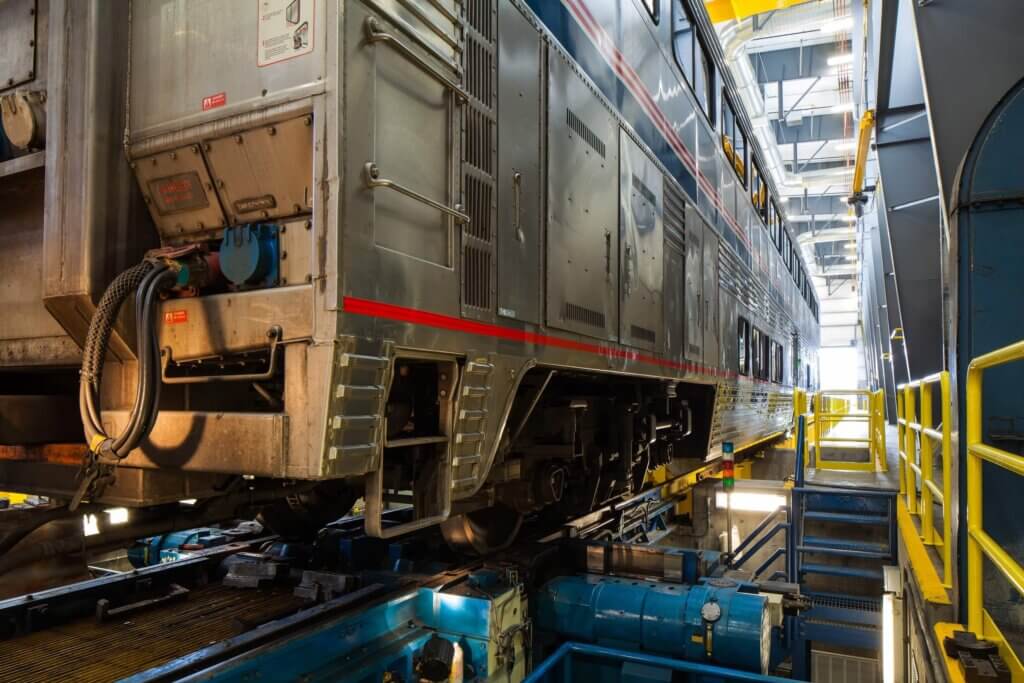
Safety measures in cargo transportation: what they are and their importance
Safety measures in cargo transportation are as necessary as in sectors such as industrial, where there is a concentration of risks due to the use of heavy machinery and the need for human work in the same environment.
However, thinking about security for transport involves more than protection against machinery or chemical compounds, it involves dangers such as theft of cargo and vehicles, in some cases.
However, thinking about security for transport involves more than protection against machinery or chemical compounds, it involves dangers such as theft of cargo and vehicles, in some cases.
Content Index
Safety measures important in cargo transportation: Operator training

Security measures in cargo transport are designed to prevent problems such as theft and tampering of cargo, in addition to ensuring the safety of all people directly or indirectly involved in transport, such as drivers, workers, maintainers and pedestrians (in the case of transport road).
For the workers involved to have safe conditions, the transport company must first regulate itself, in accordance with national and international standards, to prepare these workers through training. Emergency care or corrective measures are necessary if prevention does not work.
There is training aimed at emergencies such as fire, in which employees must learn to activate a flame containment service while evacuating the relevant area. Another common type of training is signage recognition.
Signage in the work environment is a guarantee of conservation and safe handling of transported items. For both the rail and road modes, there must be adequate signage with the UN standardization, even if it is not the transport of chemical agents or flammable materials.
In addition, the correct use of personal protection equipment (PPE) and collective protection equipment (EPC) are details that influence the protection that these equipment present. Items such as helmets, gloves, goggles and ear protection are essential for maintainers and employees who have direct contact with the cargo.
For highways, which have a higher cargo theft rate, employees must be able to act in extreme situations. Drivers need to pay attention to false blitzes, not allow cargo to sit for a long time when unloading, know alternative routes and avoid night trips, when the view of the highways is limited.
In the case of trains, support bases are essential for emergency cases that are far from stopping stations. These bases must be distributed in strategic points of the mesh.
Cargo Tracking

Another measure that can help the safety of cargo transport is tracking. It can happen in two different ways: directly on the load, or on the vehicle that is transporting it.
The benefit of tracking is the real-time location of the vehicle, so the transport company can track if there is any deviation from the planned route. In addition, the tool also serves as a corrective measure, as tracking systems survey up-to-date information about the roads, so that another route can be taken, in case any section is interrupted by accidents, for example.
Vehicle tracking is common among the security measures in cargo transport, both for rail and road.Some systems show in real time how the driver is driving the truck, by collecting information such as sudden acceleration and braking.
Cargo location is widely used in road transport, as the rate of theft is higher than in other modes. With it, it is possible to find the cargo, when calling the police in case of theft. Knowing where stolen cargo is being taken is a tactic for mapping risky areas on highways when routing the trip.
Preventive maintenance as security measures

Maintenance is an important practice for the conservation of transport vehicles and the environment in which they circulate, so this becomes a transport stage, due to its unavoidable nature. More than a simple repair, maintenance extends the life of trains and trucks, prevents electrical failures, mechanical failures and loss of efficiency during transport.
According to the Brazilian Standard (NBR), which regulates industrial processes in Brazil, there are three types of maintenance. They are: corrective maintenance, which aims to correct urgent faults or not; predictive maintenance, which is suggested by recognizing the machine itself, as long as it has software capable of collecting information about its state; and, finally, preventive maintenance, which is intended to prevent failures from occurring.
Preventive maintenance is not only part of the industrial sector. It was also integrated into the safety measures in cargo transport, as they anticipate failures that pose a risk to the lives of workers directly or indirectly linked to transport.
A good example is a truck that does not undergo frequent inspections and the responsible company does not call for maintenance. The vehicle may surprise the driver with a brake problem in the middle of the trip, which is a big risk since trucks are heavy vehicles and travel at high speeds on the lanes.
The same goes for rail transport. Predicting maintenance can extend the useful life of the train and the tracks,which, when undergoing corrective maintenance, can delay a route that connects different networks and, consequently, generate a delay in a chain.
Conclusion on security measures in cargo transportation
There are several reasons to think about security measures in cargo transport, especially when measuring the number of risks involved in transport, from accidents to cargo theft.
Thus, measures to prevent and correct material failures or training are nothing more than adequate planning to bring the performance of an entire sector closer to the ideal.
We have seen so far how important it is to train all professionals involved in the transport process. The culture of responsibility and good safety practices is fueled by example and trust in the systems and standards that determine actions in moments of risk and planning. Like protective gear, good training can save lives.
While the human factor is worked on one side, on the other we have the technology helping the security measures in cargo transportation through tracking. A simple technology known for decades still plays an important role in cargo protection.
And, finally, preventive maintenance breaks the paradigm that you should only fix something that is already broken, an outdated logic that does not understand the effects of a well-done planning strategy.
Searchs:












